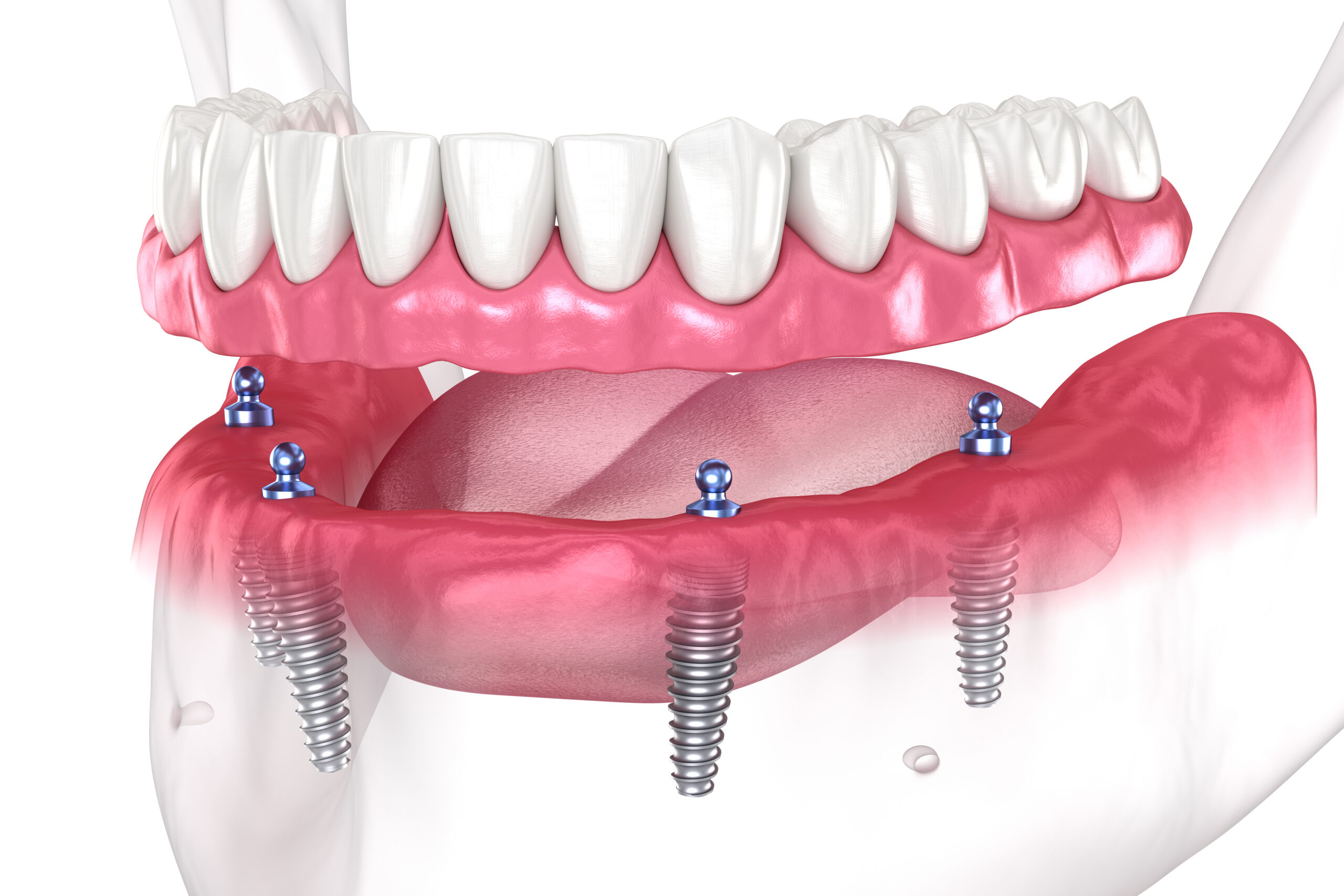Some Known Details About Dental Sense
Some Known Details About Dental Sense
Blog Article
More About Dental Sense
Table of ContentsDental Sense - An OverviewThe 6-Minute Rule for Dental SenseAbout Dental Sense4 Simple Techniques For Dental Sense
are medical gadgets operatively implanted into the jaw to bring back a person's capability to chew or their appearance. They supply support for artificial (phony) teeth, such as crowns, bridges, or dentures. When a tooth is shed as a result of injury or condition, an individual can experience difficulties such as rapid bone loss, defective speech, or changes to eating patterns that lead to discomfort.Oral dental implant systems include a dental implant body and dental implant joint and may additionally consist of a joint addiction screw. Wisdom tooth cavity. The dental implant body is operatively put in the jawbone in area of the tooth's root. The oral implant abutment is typically connected to the dental implant body by the abutment addiction screw and expands with gums right into the mouth to support the affixed fabricated teeth
(https://www.pubpub.org/user/matthew-music)Framework of The Dental Implant System choosing oral implants, speak with your dental provider concerning the prospective benefits and threats, and whether you are a candidate for the procedure. Points to take into consideration: Your general health is an essential aspect in identifying whether you are a great candidate for dental implants, how much time it will certainly require to recover, and for how long the dental implant may remain in place.
Smoking might influence the recovery process and reduce the lasting success of the implant. The recovery procedure for the implant body might take numerous months or longer, during which time you usually have a short-lived joint in place of the tooth. the dental implant treatment: Thoroughly comply with the oral hygiene directions given to you by your dental supplier.
Some Ideas on Dental Sense You Should Know
Implant failing can result in the need for an additional medical procedure to deal with or replace the implant system. Recovers the ability to chew Restores cosmetic appearance Helps keep the jawbone from diminishing due to bone loss Protects the wellness of the bordering bone and gum tissues Helps maintain surrounding (nearby) teeth secure Boosts lifestyle Damage to bordering natural teeth during implant placement Injury to the surrounding tissues during surgical procedure, such as sinus opening Injury throughout surgical procedure (for instance, crack of bordering jawbone) Poor function, such as feeling like the teeth do not bite with each other normally A sensation that the tooth is loose or twisting in place resulting from an abutment screw loosening Implant body failing (looseness of the dental implant body) because of systemic infection, which may be most likely in patients with uncontrolled diabetes as a try this site result of neighborhood infection in bone and gum tissues supporting the implant body because of delayed recovery, which might be most likely in clients that smoke Difficulty cleaning the gum tissues around the dental implant, resulting in poor dental health Unattended gum illness Post-surgical pins and needles because of nerve impingement or damage Constantly notify healthcare suppliers and imaging specialists that you have dental implants prior to any magnetic vibration imaging (MRI) or x-ray treatments.
FDA is not knowledgeable about any kind of negative events reported for MRI or x-ray procedures with oral implants. Oral implants systems are typically made from materials that adhere to worldwide agreement requirements of the International Organization for Standardization (ISO) or ASTM International. These requirements have information of what makes a secure material.

An oral implant is a framework that changes a missing tooth. With screw-like gadgets, the doctor inserts a dental implant right into the jawbone, and it acts as an anchor for a man-made tooth, called a crown.
The Ultimate Guide To Dental Sense
Some people are not eligible for oral implant surgical procedure. It is for oral doctors to run on individuals with: severe illnessuncontrollable metabolic diseasebone or soft tissue illness or infectionIf these issues are fixed, a person can have the surgical procedure. In, oral specialists avoid running on people with: If individuals with any one of the above go through dental implant surgical procedure, there is a greater risk of the dental implant stopping working.

Dental dental implant surgical procedure is a tailored process. It's not the same for every person. But the complying with offers a basic introduction of what you can expect your dentist, oral specialist, periodontist or prosthodontist to do: Position the implant surgically. Give you time to heal. Connect the message and final crown, bridge or denture.
Next off, your specialist will meticulously position the dental implant into your jaw. Your surgeon will certainly rearrange your gum tissues and close the laceration with stitches. If your dental implant is near the front of your mouth, your dental expert will make a short-term tooth for you to wear up until you heal. That way, you will not have a gap in your smile while you recover.
Dental Sense Things To Know Before You Get This
Your copyright can tell you what to anticipate in your situation. During the recovery phase, your jawbone must fuse to the oral implant. This procedure, called osseointegration, is critical for security and long-term success. This process can take anywhere from 3 to 9 months. Sometimes, it might take much longer.
When your dental implant heals, your dental expert can connect the abutment (tiny connector post) and your final reconstruction (crown, bridge or denture). This generally takes regarding one hour to complete and might need a second minor surgical treatment. You should not feel any type of pain during your oral implant procedure because your service provider will utilize drug to numb your gums.
Report this page